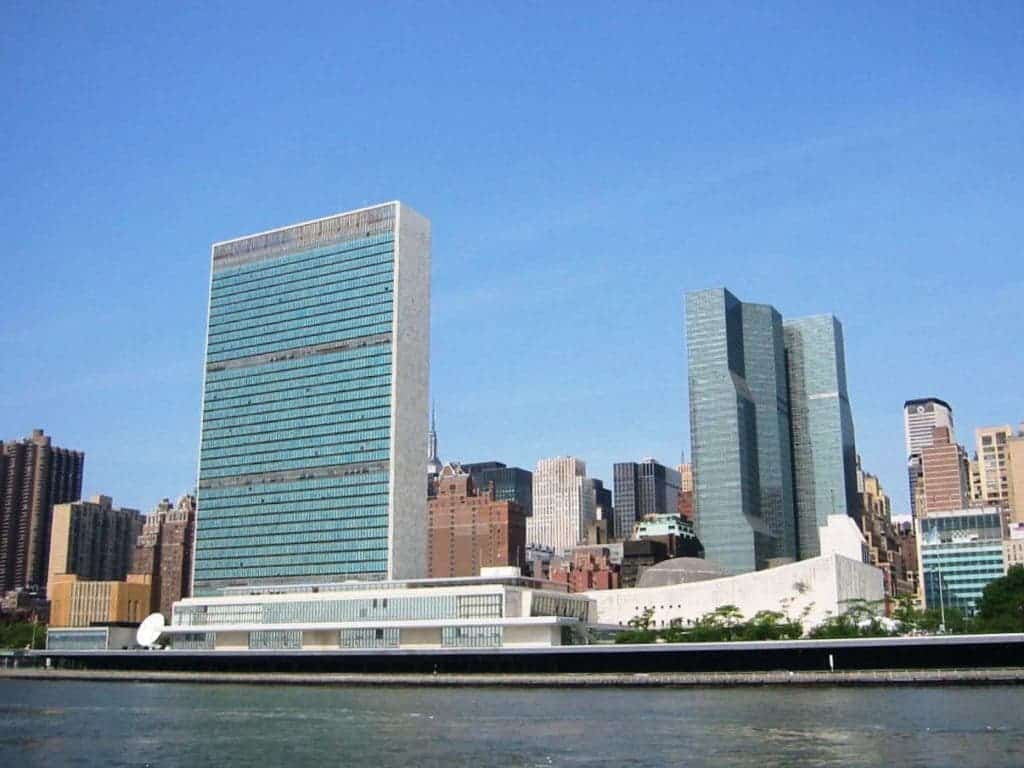More than 60 world leaders will convene today for a UN summit on “climate emergency” aimed at reinvigorating the Paris agreement on climate change, at a time when mankind is releasing more greenhouse gases into the atmosphere than at any time in history.

Countries are expected to announce new actions to limit the causes of warming or to speak on initiatives developed by a coalition of nations. UN secretary-general António Guterres had asked countries to commit to net-zero emissions by 2050, reduce subsidies for fossil fuels, and stop building new coal-fired power stations.
“People want solutions, commitments, and action. I expect there will be an announcement and unveiling of a number of meaningful plans on dramatically reducing emissions during the next decade, and on reaching carbon neutrality by 2050,” said Guterres.
Who is attending?
Among the list of those absent will be US President Donald Trump, who pulled his country out of the Paris Agreement upon taking power. Brasilian president Jair Bolsonaro, under whose leadership the Amazon rainforest is continuing to burn at record rates, will also be absent.
On the other hand, China, the world’s biggest carbon emitter by far, but also a leader in the renewables sector, will be present and represented by foreign minister Wang Yi, with Guterres hinting last week that the East Asian giant will be committing to new measures.
“There’s a tension between the countries that want to go ahead to translate their goals into real policies and those that do not,” said Laurence Tubiana, CEO of the European Climate Foundation and one of the architects of the Paris agreement. “We can hope for the best.”
India’s Prime Minister Narendra Modi will speak in the morning session, along with the leaders of New Zealand, the Marshall Islands, and Germany’s Angela Merkel. Like China, India is coal-addicted but has also set itself highly ambitious renewable energy targets, particularly in the solar energy sector.
What are the expectations?
Seventy-five countries are expected to bring enhanced commitments. But officials have also been careful to manage expectations and said today’s summit is also a run-up event to the 2020 UN climate summit that the UK will host in Glasgow. Still, there is some sense of increased urgency.
The goal of “carbon neutrality” — where most emissions are eliminated and those that remain are offset (by measures such as the planting of new trees and, potentially, carbon capture technology in the future) was considered so radical in 2015 that it was left out of the text of the Paris agreement.
Now, though, it has become a rallying cry for countries like the United Kingdom and France as well as major corporations, who are leading the charge in countries like the US where the political leadership has sought to distance themselves or even undermine the cause.






